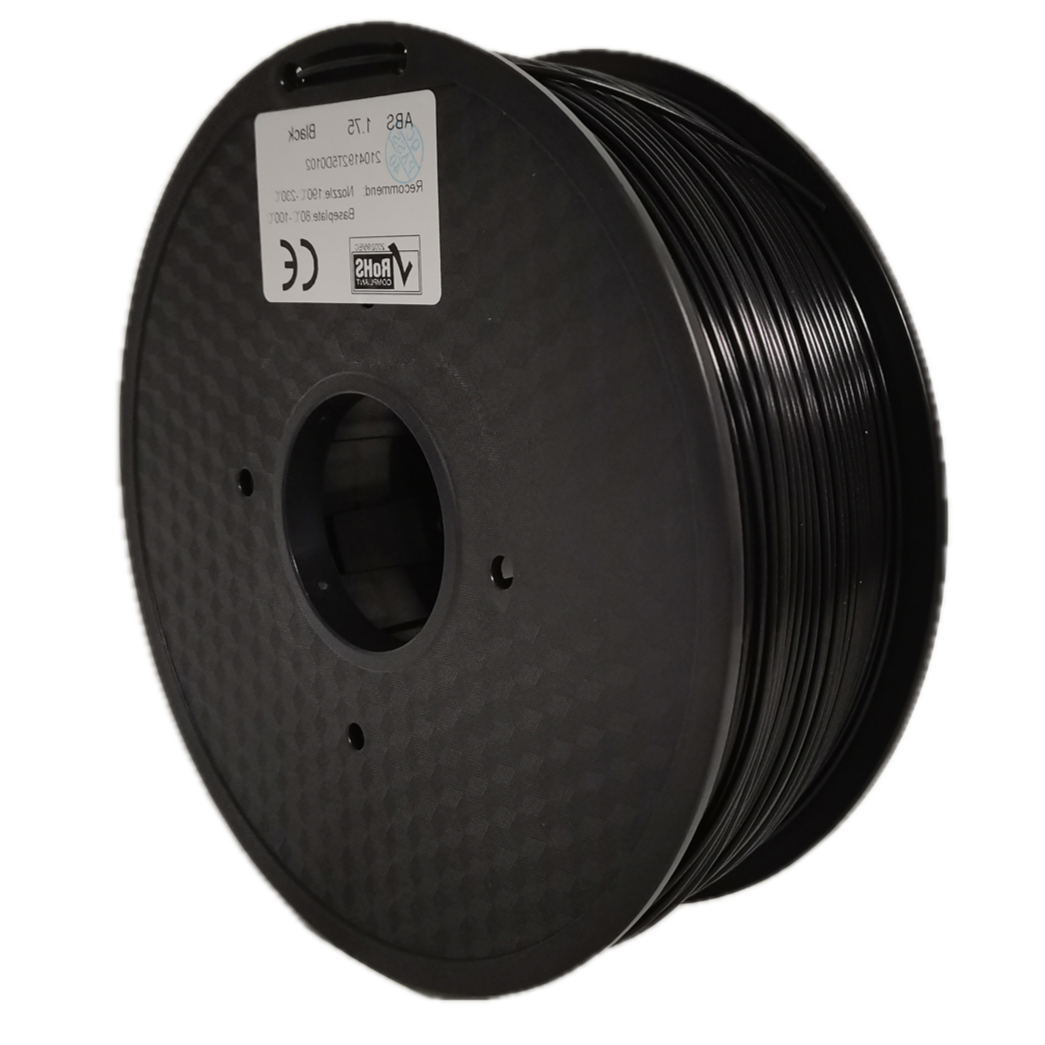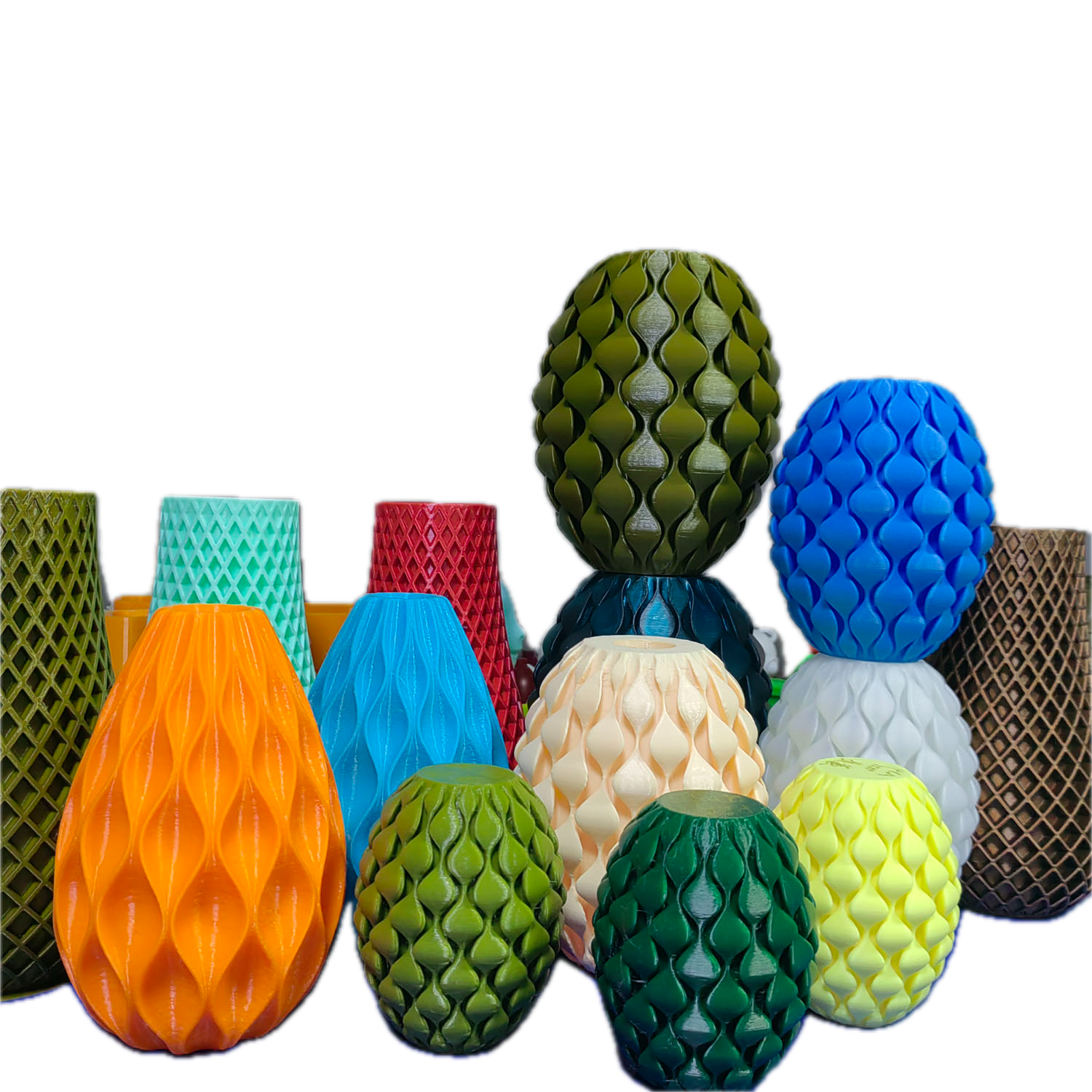
ASA vs ABS Explained: Strength, UV Resistance & Printability Compared
Share
When it comes to choosing the right 3D printing filament for durable, high-performance parts, ASA and ABS are two of the most popular engineering-grade materials on the market. While both offer strong mechanical properties, there are important differences between them that can make or break your next print — especially if it's going to live outdoors or face harsh conditions.
In this blog, we’ll dive into the key differences between ASA vs ABS, covering their strength, UV resistance, printability, and real-world applications. We’ll also compare them briefly to other common materials like PLA filament, PETG filament, and TPU filament so you can make the right choice for your next project.
Quick Intro: What Are ASA and ABS?
ABS (Acrylonitrile Butadiene Styrene) is one of the oldest and most widely used 3D filaments, known for its strength, impact resistance, and moderate heat resistance. It’s used in everything from automotive parts to LEGO bricks.
ASA (Acrylonitrile Styrene Acrylate) was developed as a UV-resistant alternative to ABS. It offers nearly identical mechanical properties but with better weather resistance and colour stability, making it a top choice for outdoor use.
1. Strength & Durability
Both ABS and ASA are strong, rigid thermoplastics that can handle mechanical stress, impact, and moderate heat.
-
ABS is slightly more flexible and impact-resistant, making it ideal for high-stress applications like tool housings, automotive parts, and enclosures.
-
ASA matches ABS in tensile strength and stiffness, but is more brittle under sudden impact. However, ASA retains its mechanical integrity far better when exposed to sunlight, UV, and rain — something ABS struggles with.
Winner: Tie – ABS for impact resistance, ASA for environmental durability.
2. UV Resistance & Weathering
This is where ASA really shines. One of the major drawbacks of ABS is that it degrades over time when exposed to UV light, turning yellow, becoming brittle, and losing structural integrity.
ASA, on the other hand, was designed for outdoor use. It resists:
-
UV radiation
-
Moisture
-
Saltwater exposure
-
Temperature fluctuations
That’s why you’ll often see ASA used in automotive parts, garden equipment, marine hardware, and any 3D printed object meant for the outdoors.
Winner: ASA – no contest.
3. Printability & Warping
When it comes to ease of printing, both ASA and ABS are more challenging than beginner-friendly materials like PLA filament or PETG filament.
Here’s how they stack up:
-
ABS has a reputation for warping and cracking, especially on prints with large surface areas. It almost always requires a heated bed (90–110°C) and ideally an enclosed printer to maintain ambient temperature.
-
ASA also needs a heated bed and enclosure, but warps slightly less than ABS and has better layer adhesion. Some users find ASA easier to dial in once you've nailed your settings.
Pro tip: A PEI build surface or glue stick can help both stick better during printing.
Winner: ASA – slightly more forgiving to print.
4. Appearance & Finish
While both filaments offer a matte, professional look, ASA maintains its colour stability over time thanks to its UV resistance. ABS, on the other hand, can fade or yellow with prolonged sunlight exposure.
ASA also tends to produce cleaner surface finishes, with less tendency to string or blister, depending on brand and print setup.
Winner: ASA – better long-term aesthetics.
5. Smell & Fumes
Neither ASA nor ABS are pleasant to print without ventilation.
-
ABS emits strong, unpleasant fumes when printing.
-
ASA is only slightly less smelly, but both should be printed in well-ventilated areas or ideally with a filtered enclosure to avoid exposure to styrene fumes.
If low odour is important to you, consider using PETG filament or PLA filament, both of which emit minimal fumes.
Winner: Neither – both require good ventilation.
6. Cost & Availability
ABS is typically more affordable and widely available than ASA. However, the price difference is narrowing as ASA becomes more common and demand for UV-resistant materials grows.
While ASA might cost a few dollars more per roll, the extra longevity for outdoor applications often makes it worthwhile.
Winner: ABS – but ASA is catching up.
7. When to Use ASA or ABS
Here’s a simple breakdown:
| Application | Best Filament |
|---|---|
| Indoor parts, functional prototypes | ABS |
| Outdoor parts (signs, brackets, covers) | ASA |
| Automotive exterior components | ASA |
| Low-cost enclosures or test prints | ABS |
If your project will never see the sun, ABS will likely do the job. But if you need something that will last outdoors, resist fading, and stay structurally sound — ASA is the better choice.
How Do They Compare to PLA, PETG, and TPU?
Let’s take a quick detour and see how ASA and ABS compare to more common 3D printing filament types:
✅ PLA Filament
-
Easiest to print
-
Great for decorative items and low-stress parts
-
Poor heat and UV resistance
-
Not suitable for outdoor use
✅ PETG Filament
-
Tougher than PLA
-
Good UV and moisture resistance
-
Easier to print than ABS/ASA
-
Mild warping, excellent for functional parts
✅ TPU Filament
-
Flexible and impact-resistant
-
Harder to dial in, but excellent for gaskets, phone cases, etc.
-
Not ideal for rigid structural parts
In short: PLA for simplicity, PETG for all-around performance, TPU for flexibility, and ASA or ABS when mechanical strength or outdoor durability is your priority.
Conclusion: ASA vs ABS – Who Wins?
If we’re keeping score, ASA just edges out ABS for most real-world applications. While ABS is still a great choice for indoor and general-purpose prints, ASA offers superior performance in outdoor environments without sacrificing much in terms of strength or printability.
If you’re serious about making long-lasting 3D-printed parts that can survive the Aussie sun, ASA should be on your radar.
Looking to get started with ASA or compare it side-by-side with PETG, TPU, or PLA filament?
Browse our full range of high-quality, affordable 3D filament right here at Zextrude — Australia’s most cost-competitive source for 3D printing materials.

